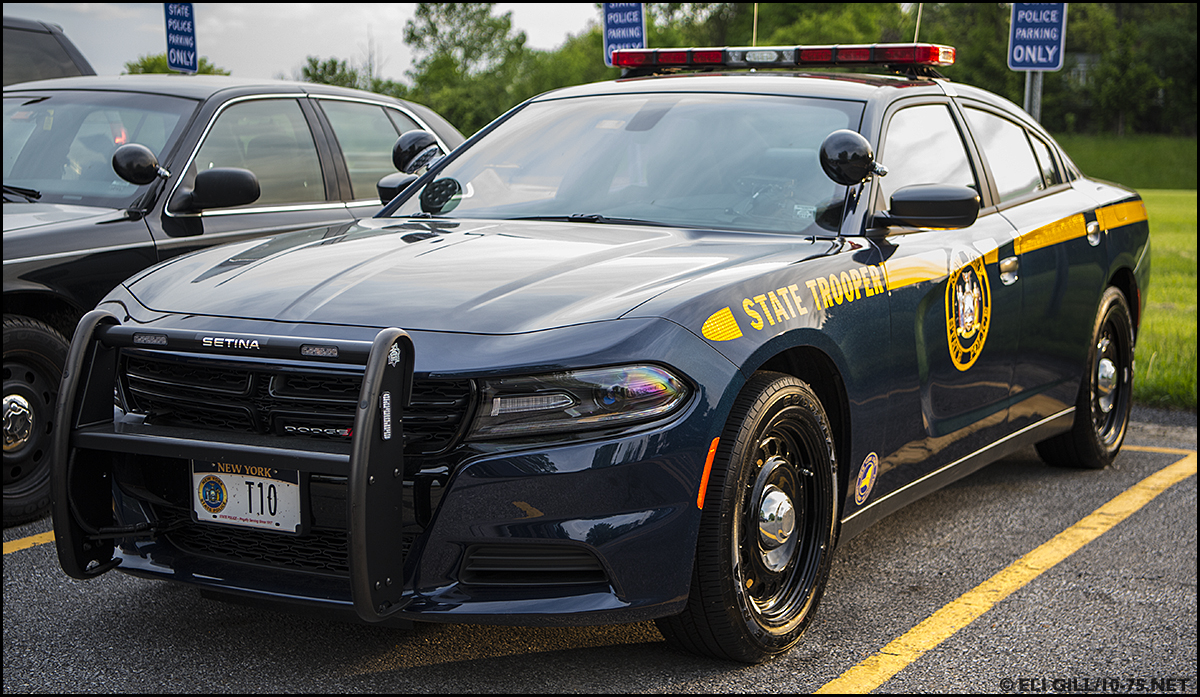
Although uniformed troopers may completely investigate misdemeanor cases such as assault, larceny and criminal mischief. More than 600 people have brought individual claims against the city, many of which are still pending. Established in 1935, the Bureau of Criminal Investigation, or BCI, is the plainclothes detective branch of the New York State Police, with over 1,000 investigative personnel in its ranks. New York City has already agreed to pay at least $35 million for claims of police misconduct during the 2020 protests, including an estimated $10 million for people who were kettled during a demonstration in the South Bronx. The settlement requires the city to pay $1.6 million to the state’s Department of Investigation, which will help oversee the agreement with other parties, including police leaders and civil rights groups. Plaintiffs are expected to receive a monetary award, which has yet to be announced. The settlement also covers separate lawsuits brought by the Legal Aid Society, the New York Civil Liberties Union and other private attorneys, which were combined with the Attorney General’s lawsuit. “That kind of overwhelming force and presence that we saw in 2020, which escalated violence with protesters, is a thing of the past.” “The NYPD has historically policed protests by sending as many as officers as they possibly can,” said Corey Stoughton, an attorney at the Legal Aid Society. Otherwise, the NYPD is expected to rely on community affairs officers trained in deescalation tactics. The Strategic Response Group, a heavily armored police unit specializing in crowd control, may not be deployed until a police commander authorizes a tier three mobilization, based on certain offenses committed by protest attendees. Under the lower-tier response, the default for most protests, the NYPD must accommodate street demonstrations, including those that obstruct traffic.

Under the tiered enforcement approach, police commanders will designate protests as one of four tiers, with higher levels of mobilization coming in response to direct threats to public safety or critical infrastructure. At multiple locations across the city, nonviolent demonstrators were penned in by police without provocation, leading to hundreds of arrests for low-level misdemeanors, such as disorderly conduct or blocking traffic.

Some protesters set police vehicles on fire and hurled bottles at officers. The protests in 2020 gave way to chaotic street battles as riot police aggressively tried to quell demonstrations - both peaceful and unruly - with batons, pepper-spray and their own vehicles.


 0 kommentar(er)
0 kommentar(er)
